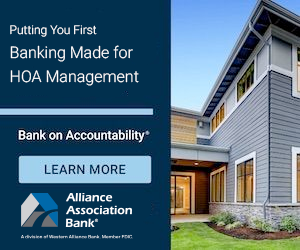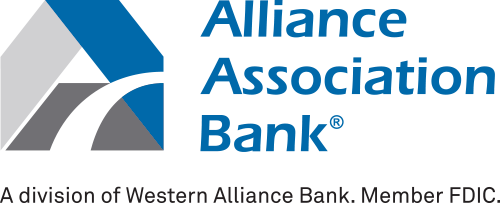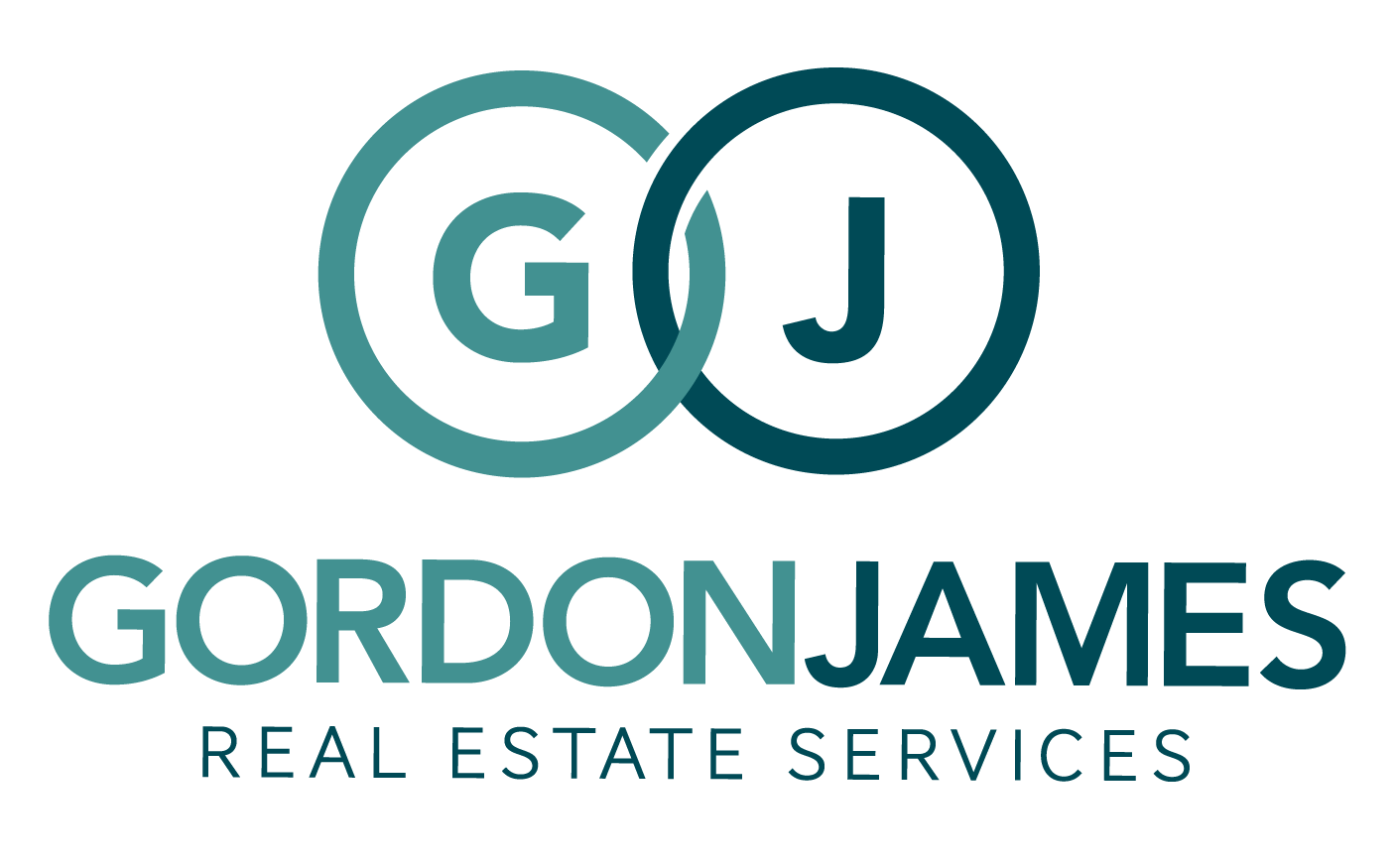HOA Annual Check-up: What to Include in Your List

Every community benefits from a routine tune-up. An HOA annual check-up keeps your board focused, your finances steady, and your projects on track. It also gives owners confidence that the association is being cared for with intention.
Browse By Category
Sign up for Our Newsletter
Every community benefits from a routine tune-up. An HOA annual check-up keeps your board focused, your finances steady, and your projects on track. It also gives owners confidence that the association is being cared for with intention.
What is an HOA Annual Check-up?

An HOA annual check-up is a focused, once-a-year review of how your association is doing. It looks at documents, money, maintenance, rules, and communication, then turns those findings into next steps. Run well, it becomes your roadmap for the year and supports a smooth annual HOA checkup and annual HOA review.
Here are some of the things you should remember to check:
1. Governing Documents and Compliance
Start with the foundation. Confirm your articles, bylaws, CC&Rs, and policies match how the board actually operates. If you see conflicts, flag them for counsel. Keep a single index of all current documents so directors can find what they need fast.
Double-check election rules, hearing procedures, and notice timelines. Clear processes reduce disputes and protect due process for everyone.
2. Corporate Filings and Registered Agent
Make sure your corporate status is current. Verify the registered agent, mailing address, and officer list on file with the state. Update bank signature cards when officers change so financial access stays clean and controlled.
3. Board Policies, Charters, and Minutes
Review your code of conduct, conflict-of-interest disclosures, and committee charters. Minutes should summarize decisions, not every comment. Store agendas and minutes in a well-labeled folder so future boards can follow the thread without guesswork.
4. Bank Accounts and Internal Controls
Look at who can move money and who reviews the reconciliations. Separate those roles. Require two approvals for transfers over a set amount and keep a short written procedure for opening or closing accounts.
5. Year-End Financial Statements and Reports
Ask your manager and treasurer for clean, easy-to-read statements. Include an income statement, balance sheet, budget-to-actual report, and a list of reserves. Provide a short plain-English summary so owners see where assessments go.
6. Audit, Review, or Compilation
Check your documents and state rules to see what level of outside financial review is required. If an audit or review is due, schedule it early. Capture any recommendations in a small action list so fixes do not stall.
7. Assessment Collections and Delinquency Policy
Consistency is kind to everyone. Confirm your late notices, fees, payment plans, and lien timelines match your policy. Send friendly reminders first, then follow the steps in order. Track results so the board can see trends.
8. Reserve Study and Capital Plan
Your reserve study is your long-term plan. Verify the last update date, useful lives, and current costs. If conditions changed, request an update. Use the study to stage projects so you spread work and cash needs across the calendar.
9. Insurance Policies and Risk Walk-Through
Meet with your broker each year. Review property, general liability, directors and officers, umbrella, workers compensation, and fidelity or crime coverage. Ask for a current statement of values so property limits match today’s replacement costs.
Then do a risk walk-through. Look for trip hazards, railings, lighting, and signage. A short punch list prevents injuries and claims.
10. Contracts, Renewals, and Performance
Pull every active contract and note the renewal date, scope, and price. If an auto-renewal is coming, decide whether to extend, adjust, or bid. Give vendors clear feedback on quality, timeliness, and communication, and keep W-9s and certificates of insurance current.
11. Maintenance and Safety Inspections
Create a simple rotation: roofs and gutters, siding, paving, sidewalks, and drainage. Pools, playgrounds, and gyms need logs and regular checks. For irrigation, run a quick zone test and adjust timers with the seasons to prevent waste.
12. Architectural Control and Design Review
Align your architectural guidelines with your CC&Rs. Forms should be short and simple. Set predictable timelines for approvals and keep decisions documented to support consistency.
13. Rules and Fair Enforcement
Rules should be clear, necessary, and enforceable. If certain rules spark frequent complaints, rewrite them for clarity. Follow your hearing process step by step and keep records so decisions are transparent.
14. Record Retention and Access
Adopt a retention schedule for minutes, contracts, insurance, bids, violations, and architectural approvals. Store files in a shared location with organized folders and clear names. That way, directors can find what they need without delay.
15. Technology, Email, and Cybersecurity
Use association email accounts for board business. Turn on multi-factor authentication. Remove access for former directors and volunteers. Back up digital records automatically and test restoration once a year.
16. Communication Plan and Owner Engagement
Pick one main communication channel and keep it current. Send short updates during budget season or major projects. Office hours, town halls, or coffee chats make space for questions and build trust.
17. Welcome Packet and New-Owner Onboarding
A friendly welcome packet sets the tone. Include contact details, how to pay assessments, key rules, and how to submit architectural requests. Consider a brief “getting started” note from the board president to make it personal.
18. Amenities, Pools, and Fitness Areas
Confirm access controls, guest policies, and reservation systems. Check safety gear, signage, and surface conditions. Keep inspection logs simple and complete.
19. Landscaping, Irrigation, and Water Use
Walk the property with your landscaper. Note problem areas, drainage issues, and plant health. In dry months, smart controllers and soil sensors can cut costs while keeping common areas healthy.
20. Parking, Roads, and Sidewalks
Look for potholes, faded striping, and uneven slabs. Schedule minor repairs before they become big projects. Clear rules and visible signs help prevent towing disputes.
21. Emergency Planning and Business Continuity
Keep a current contact list for vendors, utilities, and key volunteers. Store shut-off locations and simple checklists for storms, fires, or outages. Practice the plan once so everyone knows their role.
22. Legal Counsel and Regulatory Changes
Ask counsel for a short update on new state or federal rules that affect the association. If a policy revision is needed, slot it into the calendar with a clear owner and deadline.
23. Budget Season and Timeline
Map the steps from first draft to ratification. Attach mailing and notice dates. Tie the budget to your reserve plan so operating needs and long-term projects move together.
24. Calendar Planning and Meeting Templates
Set the full year of meetings now. Add workshops for large projects and vendor reviews. Keep templates for agendas and minutes so meetings stay focused and fast.
25. Manager Performance and Scope of Work
Review the management agreement. Make sure the scope still fits your needs. Give feedback on what works and what needs attention, and capture action items with dates.
26. Community Feedback and Short Surveys
A quick two-minute survey gives the board a pulse check. Ask about communication, maintenance, and priorities for the next quarter. Share what you heard and what you will do.
27. Sustainability and Cost Savings
Look for simple wins: LED conversions, weather-based irrigation, and bulk service options if allowed. Track savings so future boards see the payoff and keep the momentum.
28. Accessibility and Inclusive Design
Check paths, ramps, door hardware, signage, and lighting. Small changes can help residents and guests move safely and comfortably. Note any barriers and plan fixes by priority.
How To Run the Annual HOA Review Without Burning Out

Keep it short and focused. Set a two-hour meeting with a clear agenda and a pre-read that highlights decisions. Use a parking lot for topics that need more research so the meeting stays on track.
Assign each section to a board member or committee lead. When everyone owns a piece, the work feels lighter and moves faster. Capture decisions and next steps in one shared action list.
A Simple Timeline for the Yearly Review
Plan the HOA annual check-up for the same month every year, often a few months before budget season. Two weeks before the meeting, send the pre-read with financials, reserve updates, insurance summaries, and a short memo from your manager.
During the meeting, confirm priorities and dates. In the week after, publish a one-page summary for owners and update the action list. Review progress at each regular board meeting until all items are closed.
Communication Tips That Keep Owners Informed

Lead with the why. When owners know the reason behind a change, they are more likely to support it. Show simple before-and-after photos for maintenance and reserve projects.
Keep messages short. Use clear subject lines and plain language. Offer one place to find documents so people do not hunt for links or files.
Key Metrics to Track After the Review
A few numbers tell a clear story. Consider tracking these metrics as part of your yearly check-up:
- Percent of action items completed on time
- Reserve contribution as a percent of the recommended goal
- Days in accounts receivable and collection success rate
- Insurance claims count and cost per claim
- Response time to owner requests and violations
Share these metrics in a small dashboard at each meeting. Trends help the board adjust early.
Budget and Reserve Tips

Tie your HOA annual check-up to budget planning. Start with reserve funding, then set operating needs. Add a modest contingency to prevent small surprises from becoming crises.
Explain any assessment changes with a simple chart showing costs, savings, and projects. Owners appreciate seeing how the board protects the property and maintains property values.
Vendor Management Ideas
Use clear scopes and checklists. Meet twice a year with key vendors to talk through service levels and safety. If performance slips, document it and set a date to improve.
When you bid work, standardize your request so proposals are easy to compare. Ask for references and confirm insurance before you sign.
Risk-Reduction Moves to Take

Walk high-traffic paths and fix simple trip hazards. Replace broken bulbs and add timers where lights are often left on. Test pool gates and inspect handrails.
These small jobs lower risk and can keep insurance costs steadier over time. They also show owners that the board is paying attention.
Training and Board Development
Hold a short orientation for new directors. Cover fiduciary duties, how to read financials, and the basics of meetings. Share a one-page cheat sheet with common motions and deadlines.
Encourage committee leads to host brief learning sessions. When volunteers feel supported, they stay engaged and help the board deliver.
Keeping Momentum After the HOA Annual Check-up
Turn your action list into a living document. Review it at every board meeting, mark progress, and celebrate completions. A quick photo and note in the next newsletter keeps owners in the loop.
Set three quarterly priorities rather than a long list. Focus brings results. As items finish, add the next most important task and keep moving.
The First Part of Planning
A steady process beats last-minute scrambles. With an HOA annual check-up that follows these steps, your board will see the full picture and act with confidence. Owners will notice the calm and the results.
Having an HOA management company can make a world of difference, too. Start looking for the best one in your area using our online directory!
Related Articles:
- How Does HOA Vendor Evaluation Affect the HOA Budget
- HOA Conflict Resolution: Communication Strategies That Build Trust
- What Constitutes An Illegal HOA Board Meeting?
Trending Now
Related Article
Sign up for Our Monthly Newsletter
Sign up below for monthly updates on all HOA Resource















